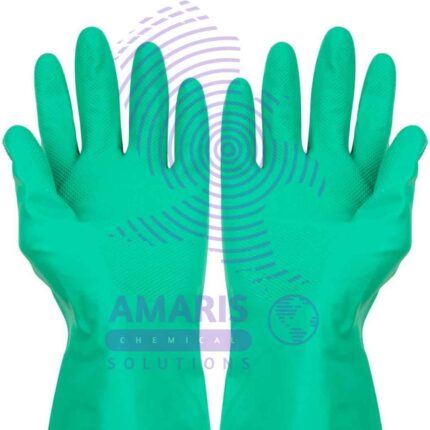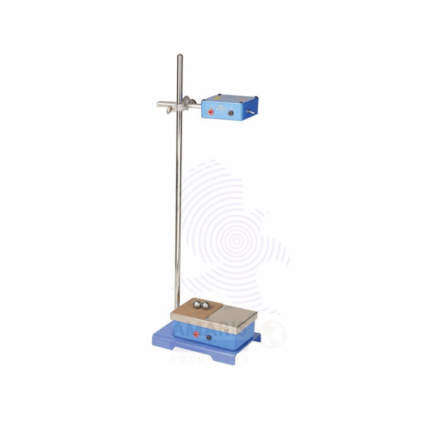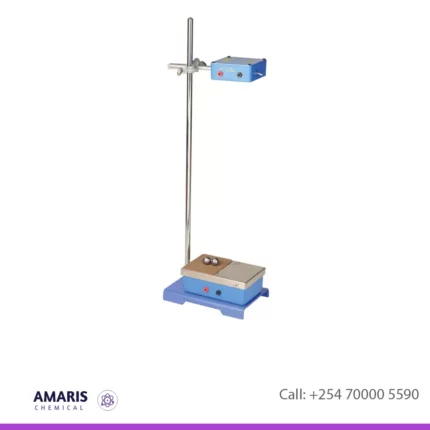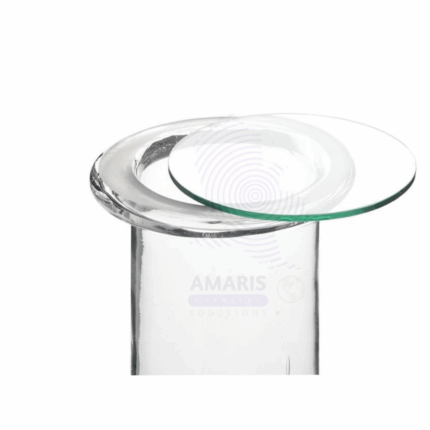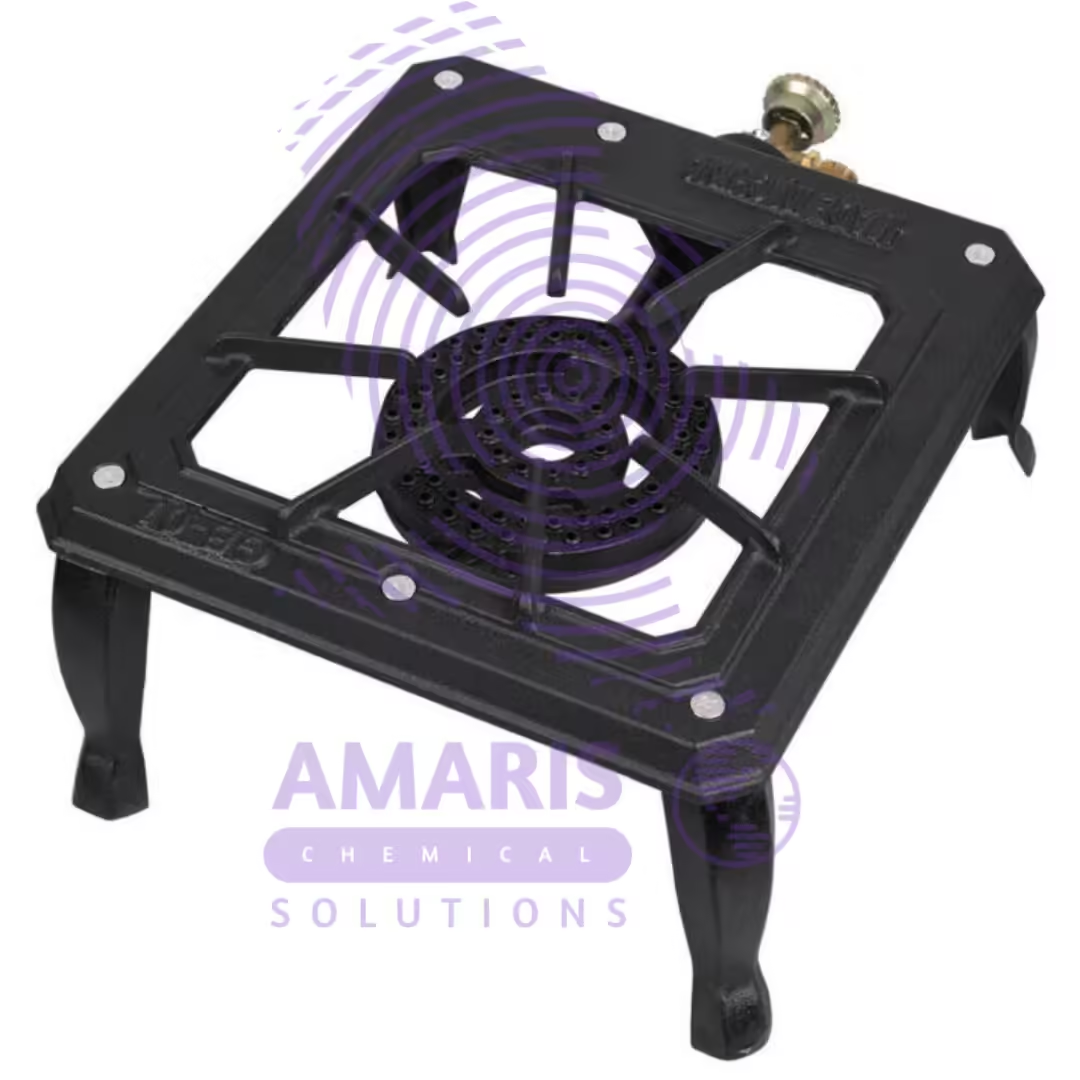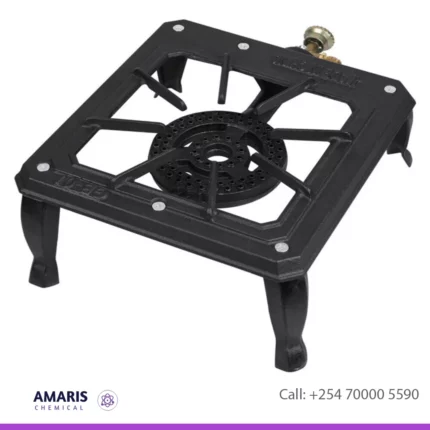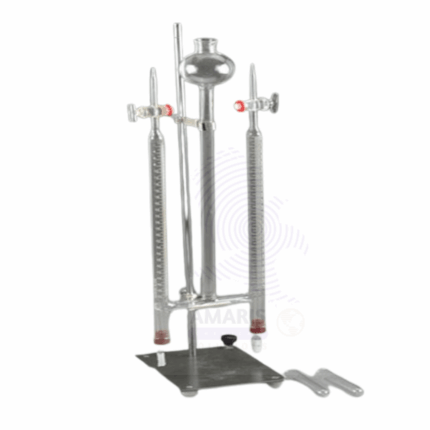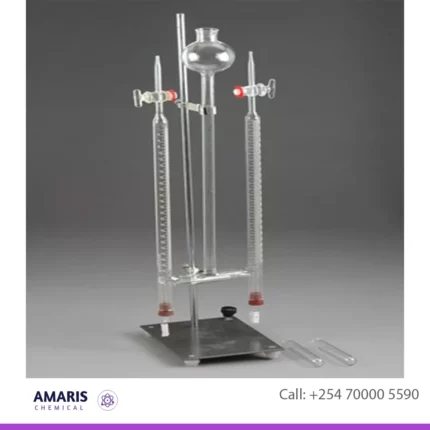“Hydrogen peroxide 35% food grade” has been added to your cart. View cart
Xylanase baking enzymes
KSh0.01
Shipping & Delivery
Related products
Acid Proof Gloves
Acid-proof gloves are an essential safety equipment used in laboratories where researchers handle corrosive chemicals. These gloves are designed to protect the wearer's hands from coming into direct contact with acids, which can cause severe burns and skin damage. They are typically made from materials that are resistant to acids, such as neoprene, nitrile, or rubber.
When choosing acid-proof gloves for laboratory work, it's important to consider the specific chemicals being used and select gloves that are compatible with those chemicals. Additionally, the gloves should fit well to provide adequate protection without compromising dexterity and comfort.
Proper usage of acid-proof gloves involves inspecting them for any signs of damage before each use, avoiding contact with incompatible chemicals, and promptly removing and properly disposing of gloves if they become contaminated. Regular maintenance and replacement of gloves are also necessary to ensure continued protection for laboratory personnel.
Free Fall Apparatus
KSh0.01
A free fall apparatus, often used in physics experiments, is a device designed to study the motion of an object falling freely under the influence of gravity alone, without any significant air resistance. It typically consists of a tall vertical track along which objects can fall, with sensors and timers to measure various aspects of the falling object's motion, such as its velocity, acceleration, and time of descent.
One common type of free fall apparatus is a simple setup involving a vertical tube or rail along which a small object, such as a ball or a feather, can fall. Sensors at the top and bottom of the tube detect the passage of the object and measure the time it takes to fall. By analyzing the data collected from these sensors, physicists can calculate the object's acceleration due to gravity and verify the principles of motion described by Newton's laws.
More sophisticated free fall apparatus may incorporate additional features, such as electromagnets to release the falling object at precise moments, or vacuum chambers to reduce air resistance and create conditions closer to true free fall. These setups enable researchers to conduct more precise experiments and explore the effects of factors like air resistance on falling objects.
Gas Jar Lid
Gas Stove Portable
Hoffman Voltameter
Hoffman voltameter is a laboratory apparatus used for the electrolysis of water (H2O) into its constituent gases, hydrogen (H2) and oxygen (O2). It consists of a glass container filled with water, inverted over two electrodes, typically made of platinum or another inert material, immersed in an electrolyte solution (usually dilute sulfuric acid).
When an electric current is passed through the electrodes, water molecules are dissociated into hydrogen ions (H+) and hydroxide ions (OH-) at the cathode (negative electrode) and anode (positive electrode) respectively. The hydrogen ions migrate towards the cathode and are reduced to hydrogen gas (H2), while the hydroxide ions migrate towards the anode and are oxidized to oxygen gas (O2).
The gases produced collect in the two arms of the apparatus, with hydrogen forming at the cathode and oxygen at the anode. The Hoffman voltameter allows for the collection and measurement of these gases, demonstrating the stoichiometry of water electrolysis, where two moles of hydrogen are produced for every mole of oxygen. This apparatus is commonly used in educational settings to illustrate the principles of electrolysis and the composition of water.





